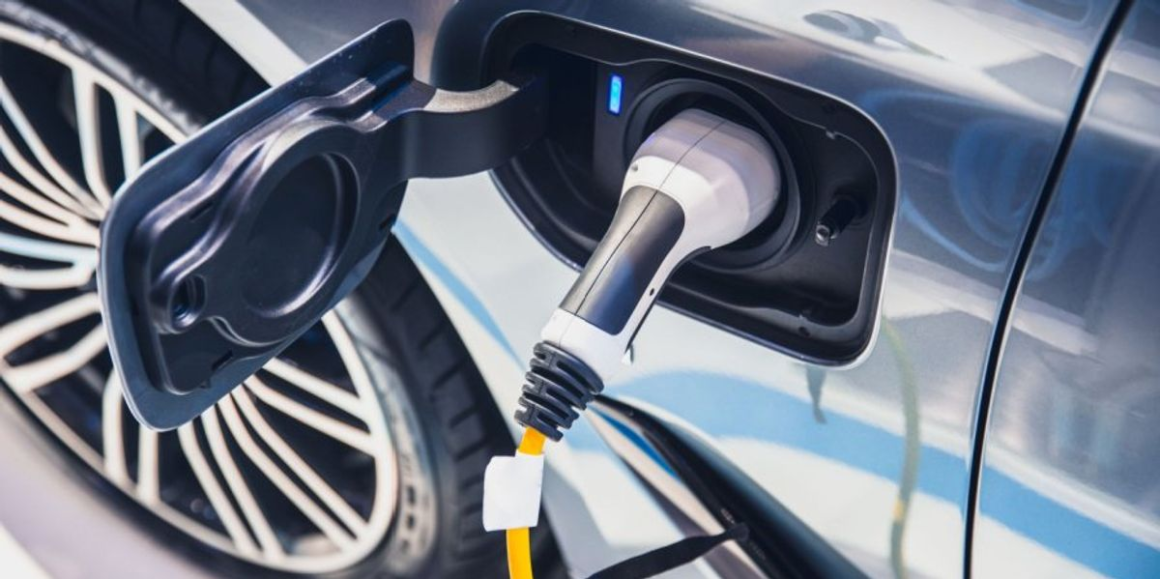The cobalt market put on a mixed performance in the first quarter of 2024 as metal prices stalled and contracted, while sulfate and hydroxide values increased.
The sector is divided into three segments. Cobalt metal is used as an alloy to strengthen and harden, while cobalt hydroxide is used in lithium-ion batteries, electronics and paint pigments.
Lastly, cobalt sulfate is used to make storage batteries, electroplating baths and some animal feed.
After reaching a second all-time price high in 2022 — US$82,200 per metric ton (MT) — cobalt metal prices have been retracting. They spent the first month of the year locked at the US$29,134.30 level, but sank to a three year low of US$27,215 on April 15. By the end of the quarter, cobalt metal had seen a 2.01 percent erosion in value.
Although cobalt metal prices declined during Q1, Benchmark Mineral Intelligence Pricing Analyst Roman Aubry noted that the rest of the market exhibited strength during the first 90 days of 2024.
“Benchmark has only seen a price decline for cobalt metal in Q1 of 2024; most of our cobalt grades have seen a slight positive trend on the back of rising cobalt hydroxide prices,” he told the Investing News Network (INN) via email.
As Adam Webb, product director at Benchmark Mineral Intelligence, explained during a late March webinar, the cobalt deposits in the DRC are much richer compared to anywhere else globally.
As Aubry, a colleague of Webb, noted in an email to INN, most of this increased cobalt supply originating in the DRC will end up in electric vehicles (EVs), which is a positive trend for the market.
“It’s hard to understate just how much demand will be added to the cobalt market by the EV industry,” he said. “Already it has become the largest demand sector, and its dominance is only set to grow.”
The report notes that global EV sales are projected to top 17 million by the end of 2024, with China leading the charge with roughly 10 million units. Europe and the US are also seeing increased growth in EV adoption, despite a generally weak outlook for passenger car sales. The report attributes this growth to substantial investment in the EV supply chain, ongoing policy support and declines in prices for EVs and batteries. Under current policies, nearly one in three cars in China and one in five in the US and EU are expected to be electric by 2030.
“The continued momentum behind electric cars is clear in our data, although it is stronger in some markets than others,” wrote IEA Executive Director Fatih Birol. “Rather than tapering off, the global EV revolution appears to be gearing up for a new phase of growth. The wave of investment in battery manufacturing suggests the EV supply chain is advancing to meet automakers’ ambitious plans for expansion.”
Sustained growth in the EV space helped to catalyze cobalt chemical prices during the second month of the year.
“From mid-February onwards, we saw an uptick in demand for cobalt chemicals, particularly from cobalt sulphate, as nickel-cobalt-manganese (NCM) battery cathode manufacturers began to restock their cobalt chemical reserves, in anticipation for increased demand from Tier 1 cell suppliers for high-end EV models,” said Aubry.
Although the long-term outlook for cobalt remains positive, Aubry pointed to various near-term challenges.
“The cobalt market is presently very bearish; the source of this is a significant oversupply of cobalt hydroxide,” he said. “Our forecasting team estimates the cobalt oversupply to be around 12,400 tonnes in 2024.”
The Benchmark team expects this surplus position to last into 2025.
Another factor that could weigh on the cobalt market and prices is battery chemistry, according to Aubry.
“Currently the biggest threat to cobalt is the adoption of lithium-iron-phosphate (LFP) chemistries for EVs; China in particular has been rapidly increasing LFP production,” he explained. “Despite this, cobalt demand overall is expected to go up considerably even if LFP displaces NCM chemistries significantly due to the sheer potential of EV growth.”
Benchmark projects that NCM batteries will “maintain over 40 percent market share, particularly in the west where consumers value distance covered in a single charge.”
“The EV market is set to take off further in the coming years, and critical components, like cobalt, will quickly see their demand rise much faster than the supply can match,” said Aubry. “By 2030, a significant supply gap will form, and if the market does not sufficiently adapt, we may see cobalt prices exceed the heights of 2022.”
While cobalt-containing batteries are likely to retain a broad chunk of the market despite LFP growth, one headwind that has the potential to disrupt output is mined supply. “The biggest pain point in cobalt is in mining capacity more than refining. In that aspect, additional refining capacity will certainly help alleviate some of this pressure; however, there is still a fundamental difference in what the demand is for the market compared to what is supplied. While refining capacity may increase prices for some cobalt grades, it may in turn hurt others,” noted Aubry.
Securities Disclosure: I, Georgia Williams, hold no direct investment interest in any company mentioned in this article.
Editorial Disclosure: The Investing News Network does not guarantee the accuracy or thoroughness of the information reported in the interviews it conducts. The opinions expressed in these interviews do not reflect the opinions of the Investing News Network and do not constitute investment advice. All readers are encouraged to perform their own due diligence.


Leave a Reply